| Attention all Jura lovers! These wines will have you smitten from the first sip – powerful yet precise, they show remarkable energy, purity and tension. This is some next-level Jurassic magic. | |
| View online | |
| François Rousset-Martin |
| Pure, refined
expressions of Château-Chalon’s noble terroir |
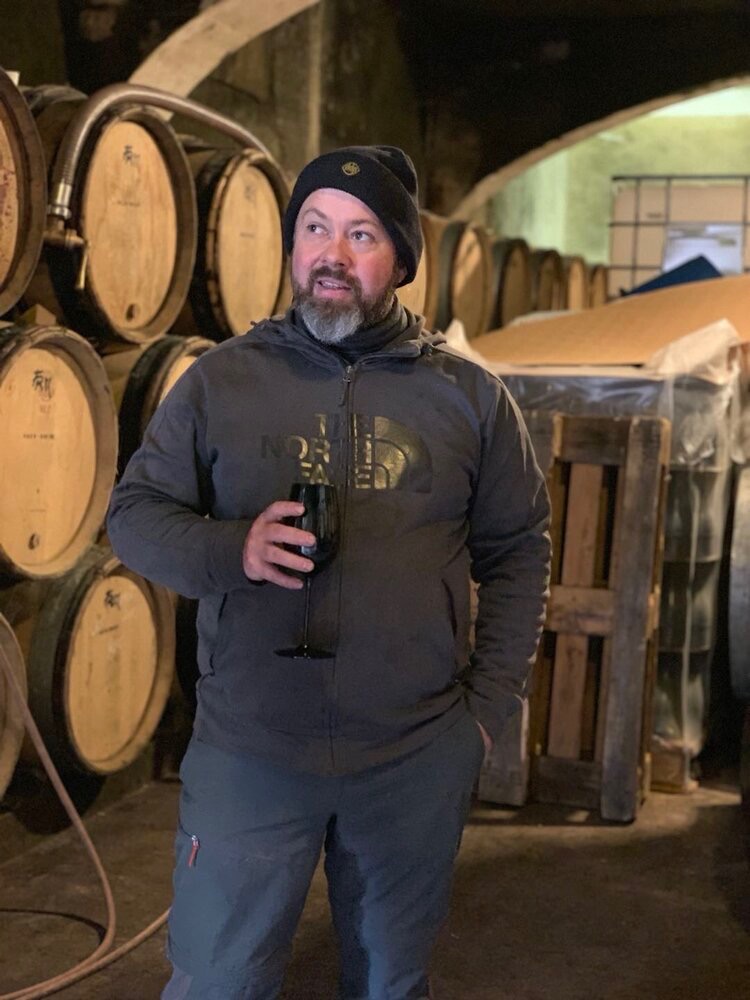
. . . the Rousset wines are complex and persistent, falling somewhere along the spectrum of floral and delicate, exotic and savory. — Kermit Lynch This was a great discovery for me . . . a new name to watch in Jura. — Luis Gutiérrez, The Wine Advocate |
|
| As longtime fans of intense and
energy-driven Jura wines, we’re absolutely delighted
to introduce a new producer to our portfolio: François Rousset-Martin.
Already a big name in top wine bars and restaurants
all over the world, François’ gems have now made it
to our shores, and we couldn’t be more thrilled. |
When we think of François’ wines, one word immediately comes to mind: Electric. An oft-used (perhaps over-used) descriptor, but no more aptly used than here. These wines display characteristic vibrancy and verve, like the vibrating note of a taut guitar string. Yet, each cuvée remains unique and distinctive, reflective of François’ raison d’être: to understand the phenomenal terroirs on which he works, and to translate that into wines that have an undeniable sense of place.
François grew up in Burgundy, where his father worked as a micro-biologist for the Hospices de Beaune. As a child, he would often spend time with his grandfather in the Jura, falling in love with a small parcel of vines that his family owned and farmed. With the winemaking spark well and truly ignited in him, François went off to earn his oenology degree, squeezed in a biology degree, then proceeded to work down south, taking on apprenticeships in the Rhone and Languedoc regions. In 2007, he returned home to his Jurassian roots to take over the family vineyards and start his own estate.
François’ winemaking style combines the best of science, tradition and keen intuition: from his father comes a background in the science behind winemaking; and from his great-grandfather (also a winemaker) comes traditional winemaking lore and know-how, passed down through the generations.
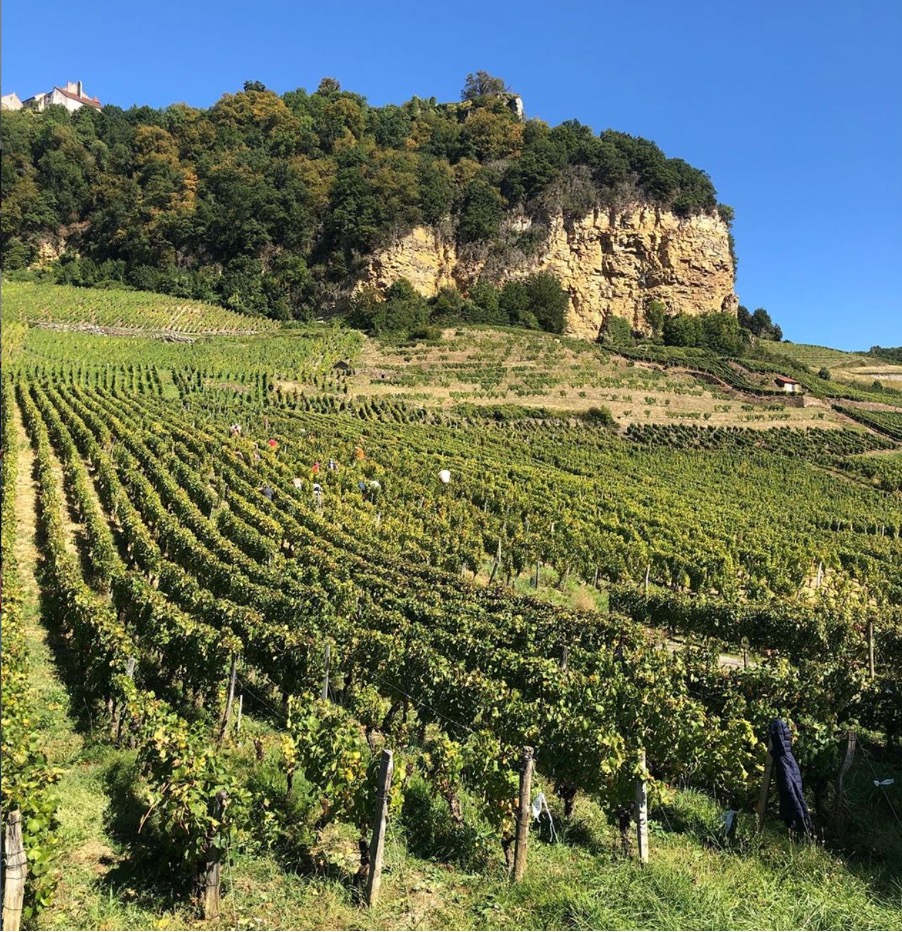 François' vineyards, on the slopes below the majestic outcrop of Château-Chalon (photo: Vin & Natur) |
We had the incredible opportunity a few years back to visit François’ winery in the tiny village of Nevy-sur-Seille, tucked away in the Vallée des Reculées (‘valley of the isolated’) – a fitting place for this enigmatic winemaker. The simple, uncomplicated setup belied the sheer number and quality of his cuvées. In retrospect, his winery is a bit like François himself: unpretentious and reserved, content to let the wines do the talking. And talk they did. Despite us being a bit worse for wear after weeks of tastings, bottle after bottle amazed us with their remarkable tension and electric energy. Just wow.
François farms almost two dozen small parcels (all of
which are a hectare or smaller) in and around
Château-Chalon, on soils abundant in clay, marl and
limestone. While the famed Château-Chalon appellation is
regarded as the unofficial grand cru for the renowned vin
jaune – an intense, oxidative sherry-like wine aged under
flor – François has chosen to focus mainly on non-oxidative
ouillé (topped up, or in layman’s terms, ‘regular
style’) wines.
While vin jaune is undeniably delicious, that style of
wine arguably takes on more character from the winemaking
process than from specificity of terroir. François,
however, is determined to make wine that brings forth the
most faithful expression possible of its place of origin –
and he believes that the ouillé style will allow
him to stay most true to his illustrious terroirs. But by
topping up his barrels, François loses the ability to
label those wines with the hallowed Château-Chalon
appellation, and they are instead classified as ‘simply’
Côtes du Jura. It’s a price he’s willing to pay.
 François in his cellar (photo: Vin & Natur) |
His dedication to exploring and expressing his appellation’s micro-terroirs has led him to adopt an approach similar to that of Stephane Tissot in Arbois: he vinifies by climat (vinifying each small parcel separately; more common in Burgundy and rarely seen in Jura) to create a dizzying number of cuvées that bear site-specific identity and character. From where we stand, François’ wines definitively prove that Château-Chalon can produce just as nuanced and soulful ouillé wines as the more well-known Arbois and Pupillin appellations.
As with many of the best wines, much of the work is done
in the vineyard, and François has slowly converted all of
his parcels to organic farming. His vines are extremely
low-yielding, and all grapes are hand-harvested.
Winemaking is mostly straightforward: the wines are vinified in barrels (228-litre pièces bourguignonne and demi-muids) that are 3 to 4 years old. All undergo malolactic fermentation, are aged on fine lees, and are neither fined nor filtered; the oxidative cuvées see no sulphur. The wines mature in a cool, humid cellar, ideal for achieving the optimal level of finesse and concentration.
But importantly, for all of his ouillé cuvées, François does age the wine sous voile (under flor) for a short period of time, before they’re topped up and aged in the ouillé way until bottling. This is because he wants to maintain the typicity and character of Jura (rather than making Burgundy look-alikes), while retaining a sense of freshness in the wines. It’s not a technique we often see, but the results – where the brief time under flor adds depth and complexity, yet allows the wine to retain the vivaciousness of the ouillé style – are absolutely spectacular.
The ouillé wines are more fruity and floral and tend to dried fruits redolent of orange and apricot, fine acidity then more vegetal notes of fennel and celery, citron and (lime)stone juice. The voile wines are slightly reductive, a touch of cheese and then the classic aromas of fenugreek, cumin, ginger, menthol and then amazing acidity. — Doug Wregg, Les Caves de Pyrene |
|
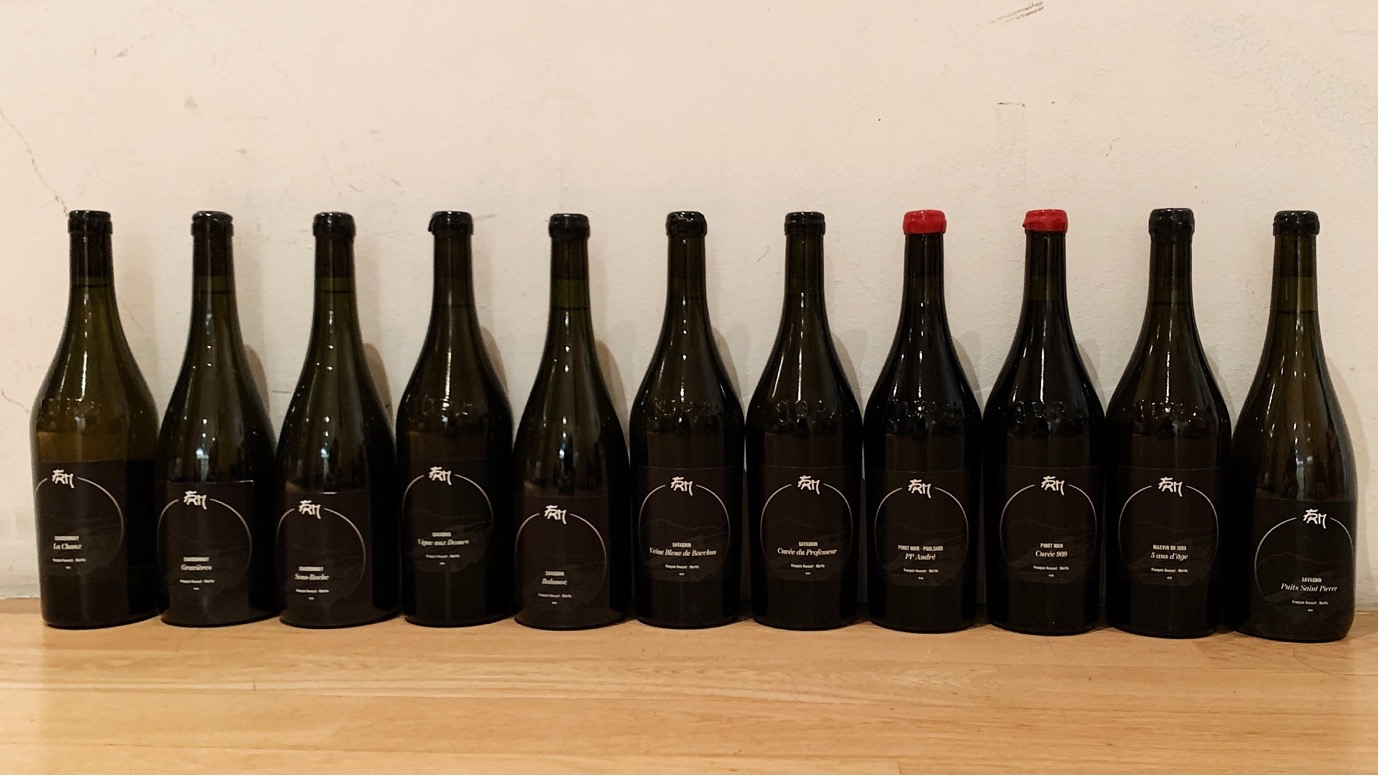 In our inaugural allocation from
François, we’re thrilled to have received a great
selection of his wines, which we feel represent
well the different styles across all of his
cuvées. These wines are powerful yet precise, with
every cuvée exhibiting remarkable energy, purity
and tension: all hallmarks of great Jura. As
always, quantities are extremely limited. We would
highly recommend you don’t miss out – that goes
especially for all you Jura lovers out there! In our inaugural allocation from
François, we’re thrilled to have received a great
selection of his wines, which we feel represent
well the different styles across all of his
cuvées. These wines are powerful yet precise, with
every cuvée exhibiting remarkable energy, purity
and tension: all hallmarks of great Jura. As
always, quantities are extremely limited. We would
highly recommend you don’t miss out – that goes
especially for all you Jura lovers out there! |
This offer is valid until 26 January 2022. Some wines have restrictive supplies, so please understand that we may have to allocate them in order to ensure as equitable a distribution as possible. Orders will be processed subject to availability and final written confirmation. Full payment is required no later than 7 days after confirmation invoice is sent in order to confirm the purchase. All terms and conditions apply.
| - OFFER VALID ONLY UNTIL
26 JANUARY 2022 - PRICES ARE QUOTED NETT in SGD, no further discount - ALLOCATION RULES may APPLY - SUBJECT TO FINAL WRITTEN CONFIRMATIOn - CONFIRMATION MAY TAKE 1-2 WORKING DAYS AFTER OFFER CLOSES |
| Reds |
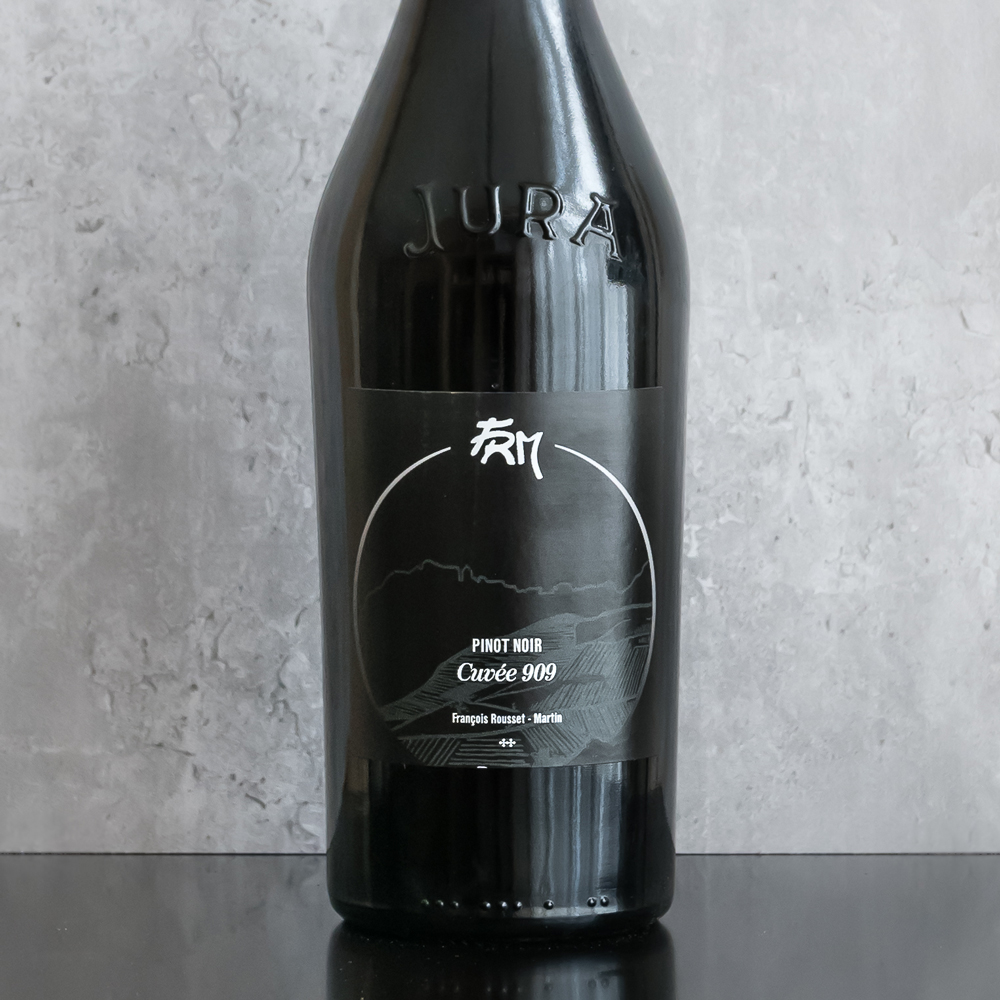 |
|||||
|
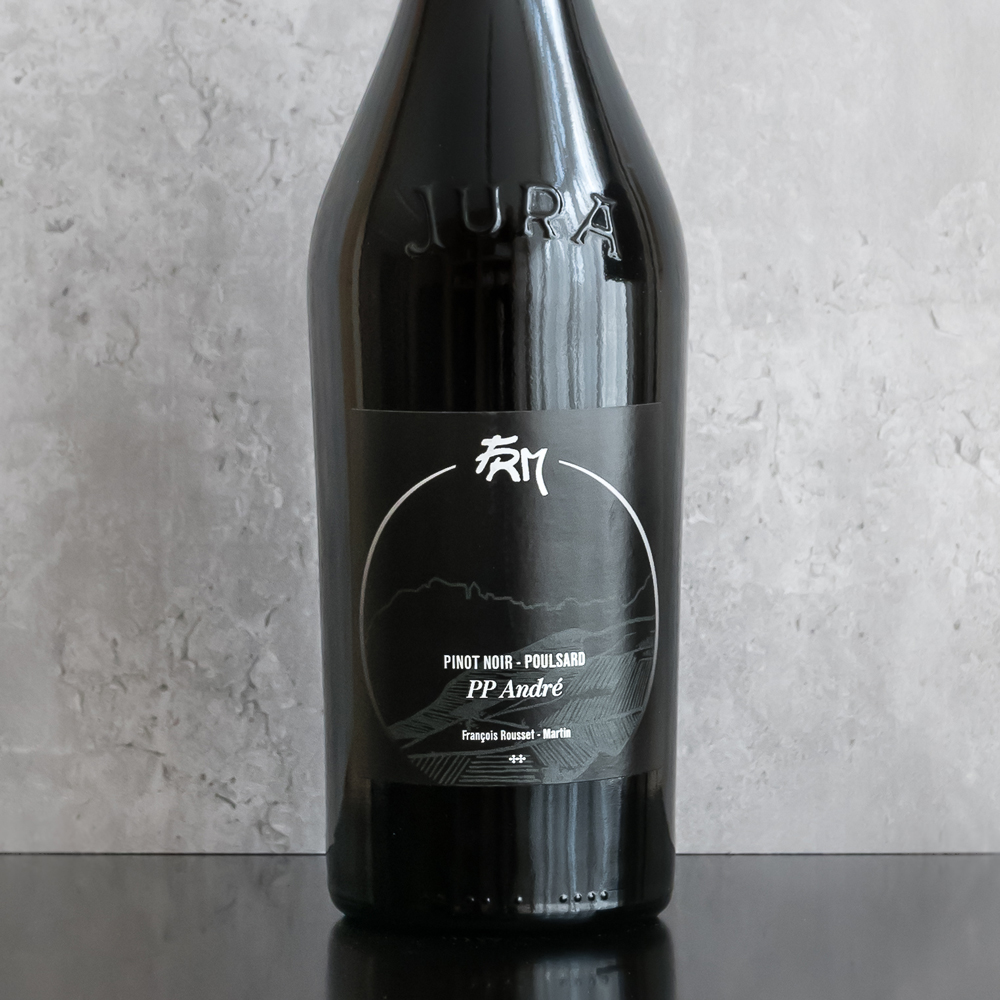 |
|||||
|
| Whites |
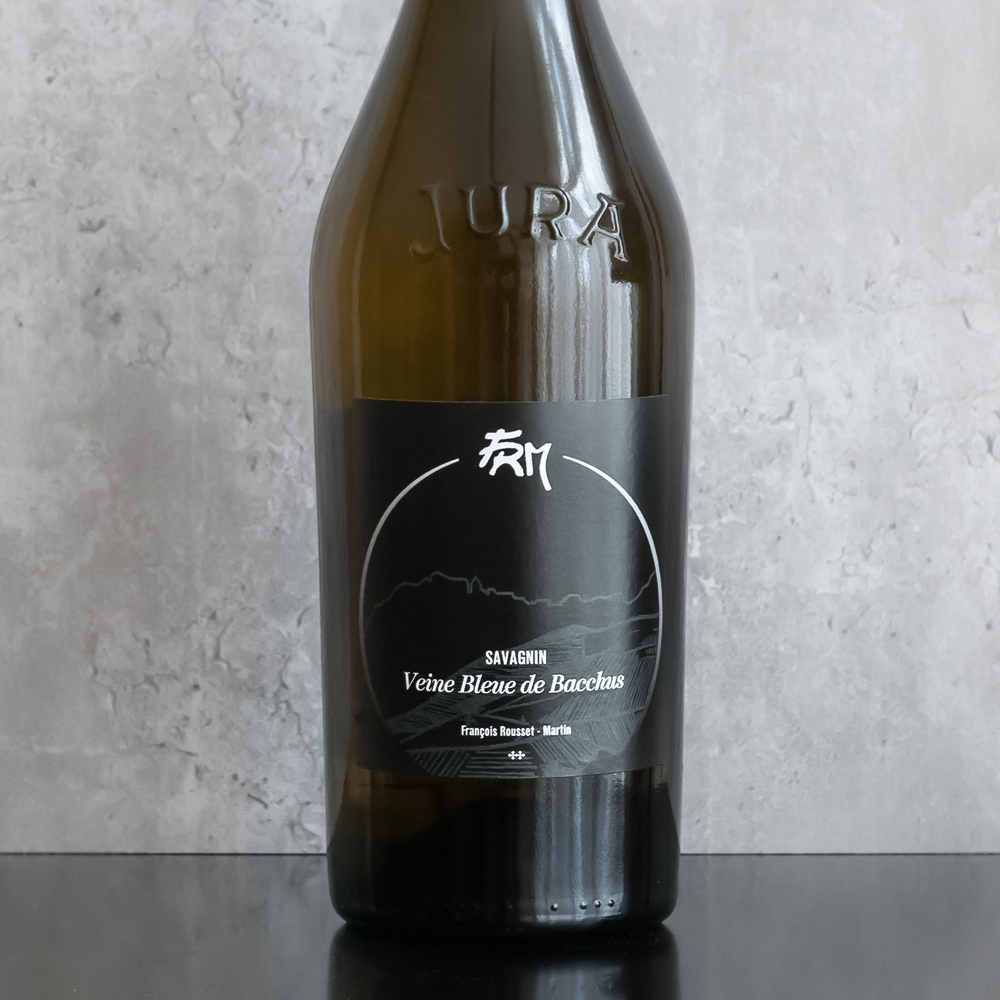 |
|||||
|
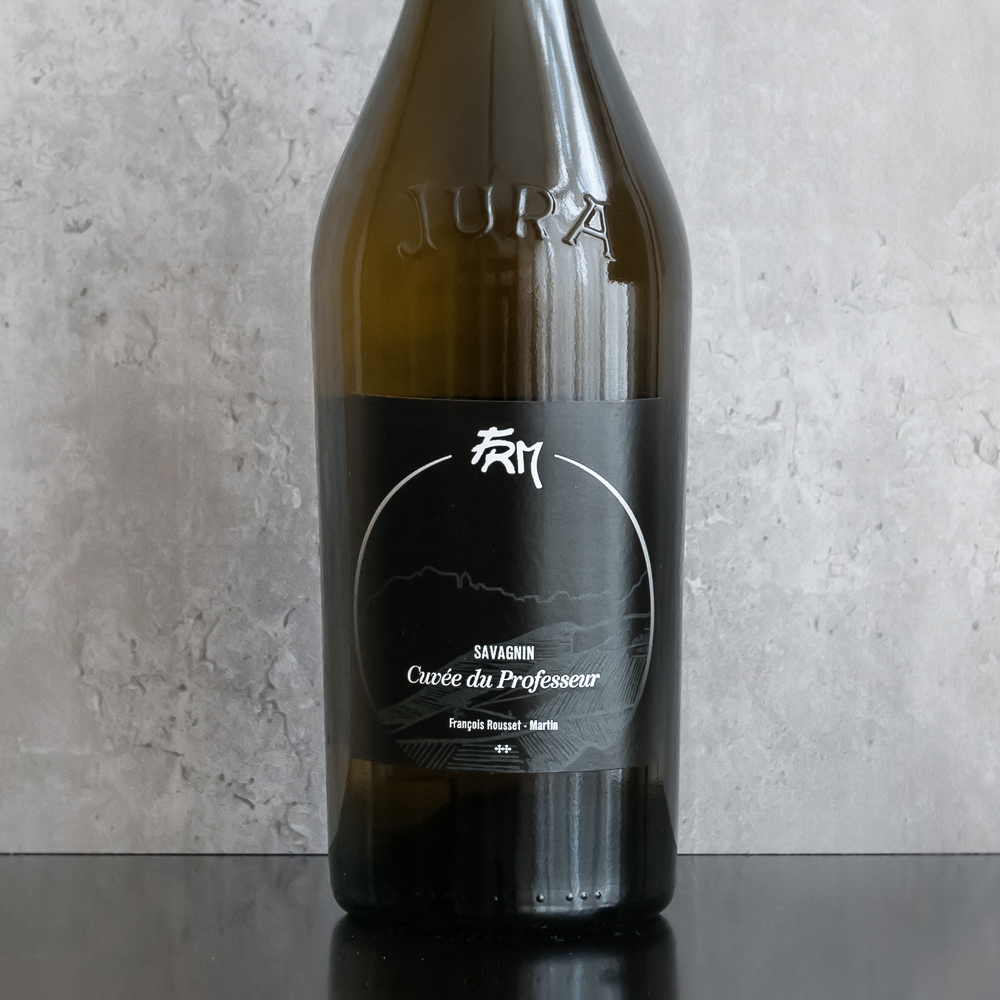 |
|||||
|
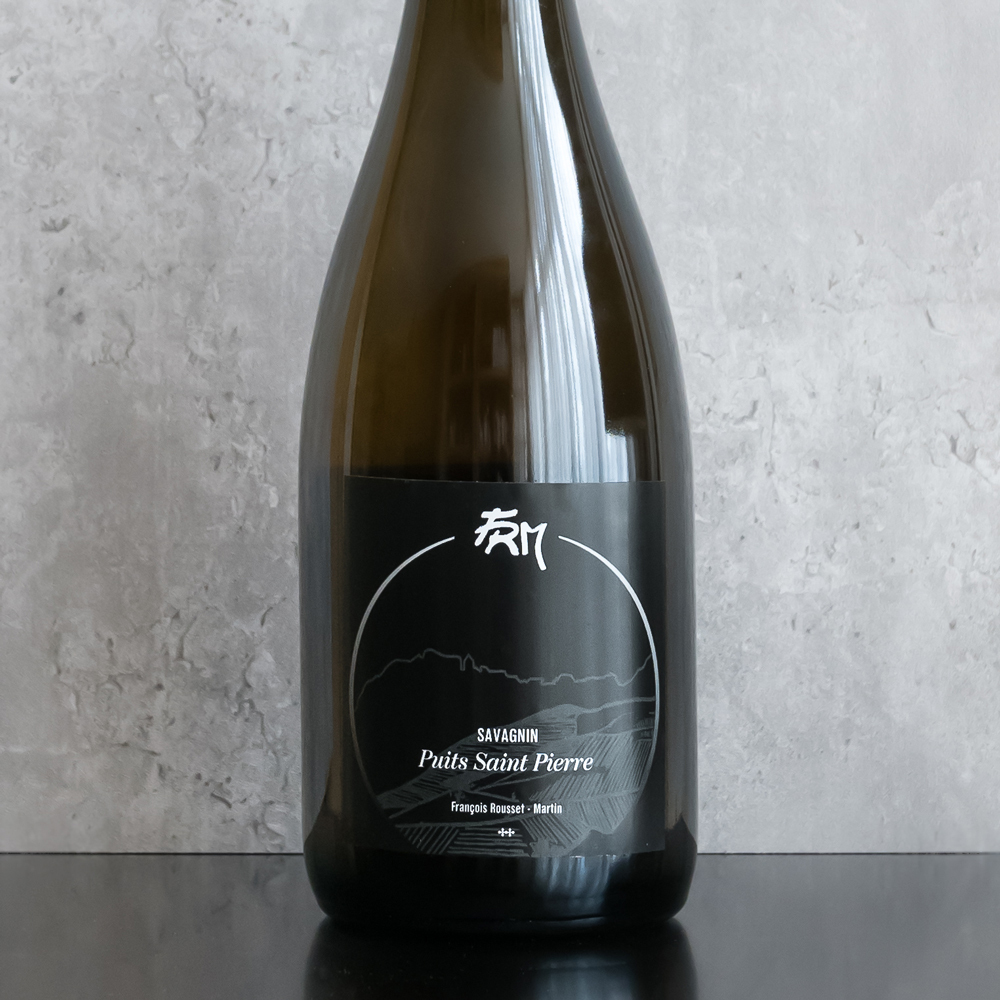 |
|||||
|
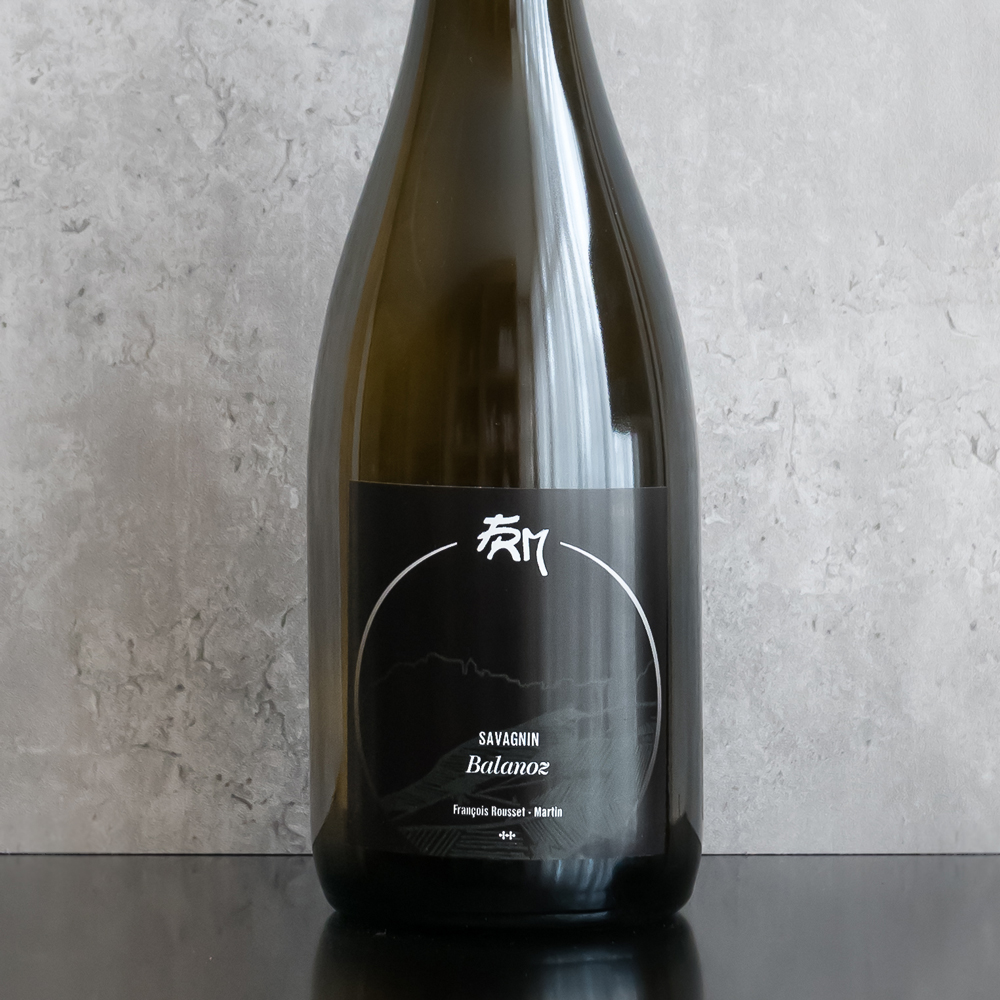 |
|||||
|
| Fortified Wine |
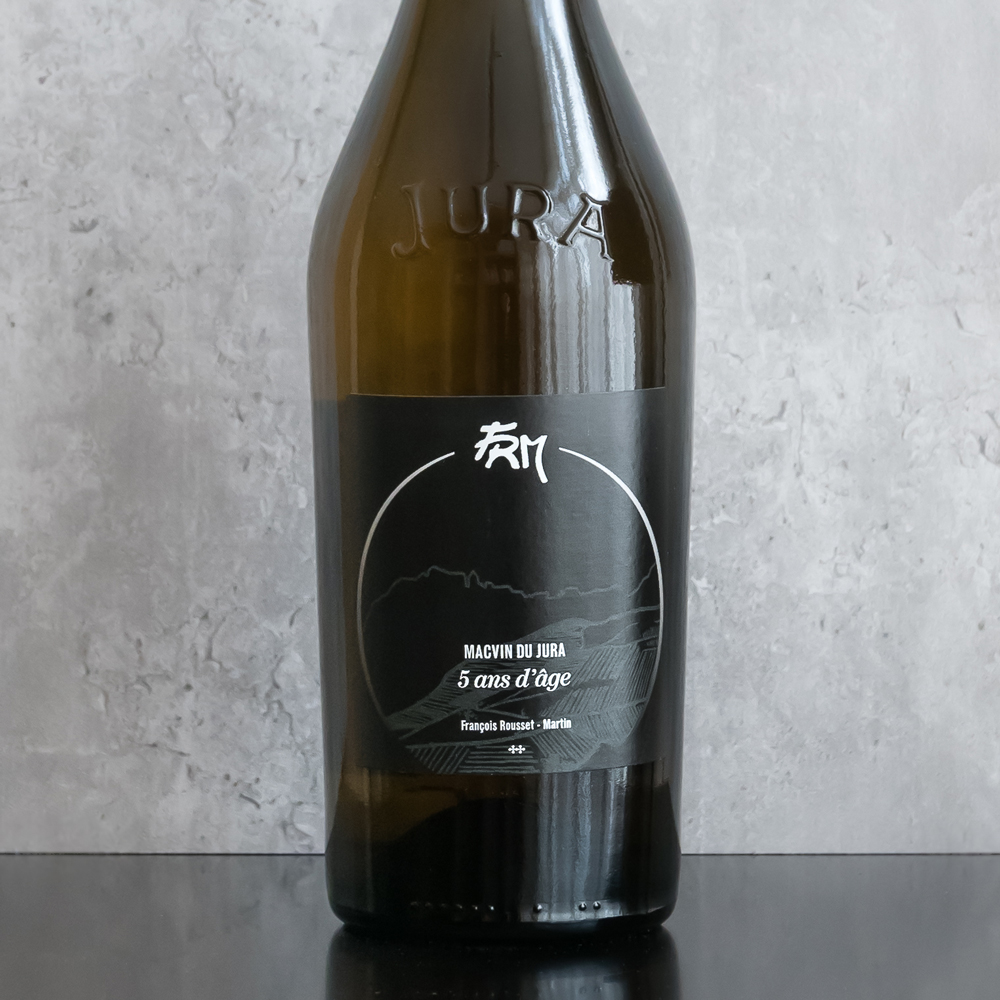 |
|||||
|
TERMS
& CONDITIONS
|
100G Pasir Panjang Road #06-16/17 Interlocal Centre Singapore 118523 t +65 6838 0373 f +65 6836 0036 e sales@artisan-cellars.com w www.artisan-cellars.com |
 |